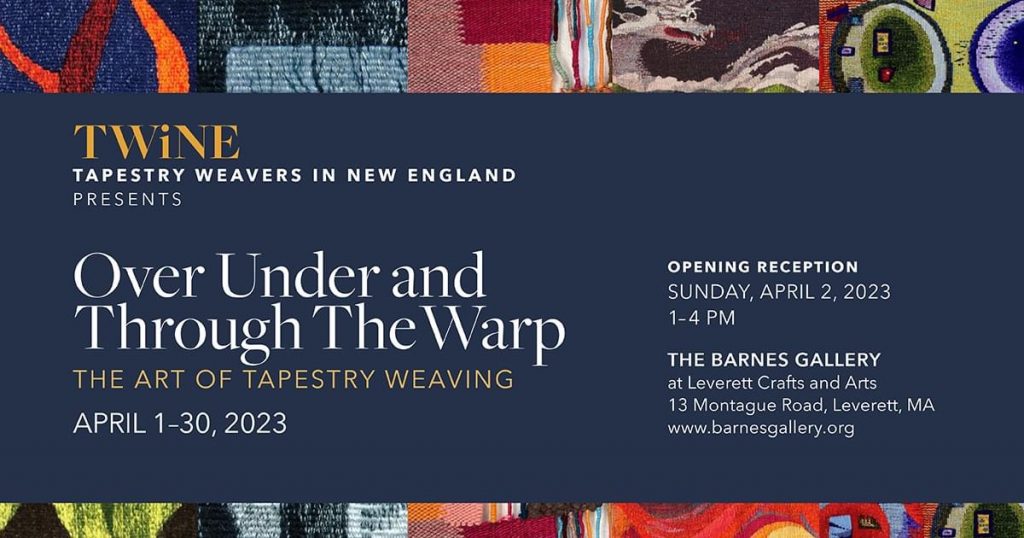No, not fish! Shells!
We are in the Abacos now which is the northern chain of islands. It is fascinating how each beach has its own variety of shells. Many shells show up all over the place, but some beaches have more of one thing than another. The beach on the western side of Lynyard Cay was a haven for sea biscuits, most of them alive! There were interesting sea stars there too, not the big red cushion stars, but a smaller variety that was not quite as ‘puffy’ and were dark green with blue/black and tan spots.
Our biggest catch occurred because of our decision to attempt the entrance to nearby Little Harbor, famous for Pete’s Pub and home of Randolph Johnston’s bronze foundry. We made it through the entrance channel with only a few inches of water under our keel at high tide! And then we learned that there would be a bronze pouring in the foundry in the afternoon! Our lucky day!
We met Kristin Frasheski who is here for three months with her husband Brett,who is a sculptor, and she answered many of our questions about the process of taking a sculpture and casting it in bronze. She is working in bronze now herself, although her medium has been charcoal drawings.
It is a long and painful process to take an original sculpture and cast it in bronze. My oldest and dearest friend is in the midst of making a mold for one of her sculptures right now, so I couldn’t get her off my mind! After seeing the entire process here in this foundry, I am in awe of what she’s doing. It is a steep learning curve!
The process is called lost wax, but there is so much more involved in it. First, a rubber mold is made of the original sculpture, and often enough that precious original is damaged in the process and needs repairs afterward. From that rubberized mold a casting is made in wax. The wax piece always needs some delicate re-working to get the details just right. Then a plaster-type material is used to make a mold around the wax piece. This mold gets fired in a kiln which hardens the plaster and burns off the wax. Then this mold gets set into wet sand for support while the blindingly hot bronze is poured into it. The plaster molds have an open top for pouring in the bronze, and there are lots of air vents, called sprues, for letting out any air that might get trapped when the bronze is poured. Because of that there is a great deal of finishing work to be done when the bronze piece is cracked out of its plaster mold. There is bronze in all the sprue vents, there are sometimes cracks in the piece, and of course there is smoothing the finish of the bronze and making a patina on the surface.
Sculpting the original is such a small part of the journey to a bronze sculpture. Even the complicated process of making the molds pales when I realized how long the finishing process is to getting the final bronze work ready for display.
Two men did the pouring. Both were dressed from head to foot in fire retardent, protective clothing. Even their shoes are covered. I’m not sure which guy has the harder job! The man in the foreground is working chains on a pulley that are connected to pinchers (like old fashioned ice tongs) with which he was able to lift the crucible of hot bronze out of its furnace. The second man, who barely shows in this photo is tipping the crucible and controlling the pour into each of the molds. The molds were taken from the kiln and set into a stone ‘bathtub’ of wet sand. The two men quickly shoveled up sand around the molds to support them before they poured the molten bronze. The entire process has to happen rather quickly while the bronze is within a certain temperature range.
The foundry was a chaos of inspiring creativity. There were many older pieces laying about in various stages of unfinished-ness, and lots of old molds. Once you have a rubberized mold you can continue to make pieces for a long time. Many of Randolph Johnston’s pieces are still in the studio.
This large Pompano intrigued both Bob and me, but it is not yet finished, and I don’t think it will be within our means at any rate!
There is a gallery of finished works and various pieces are on display all over the grounds.
In the afternoon we walked to the beach. There was a boardwalk over the hill with a bronze sculpture of frigate birds at the end. Yipee! No navigating through jungle palms and treacherous limestone crags! The beach turned out to have a great cache of fossilized coral pieces. So interesting!
Walking along the grounds between the gallery and the foundry.
Shortly before sunset we went ashore for dinner at Pete’s Pub.
The boats in the harbor as seen from Pete’s Pub. Pandora is exactly in the center of this shot.
We spent much of the day and the evening with our friends Ann and Dick who are sailing aboard Nati. They have given us great tips on what to see and do in the Abacos!















